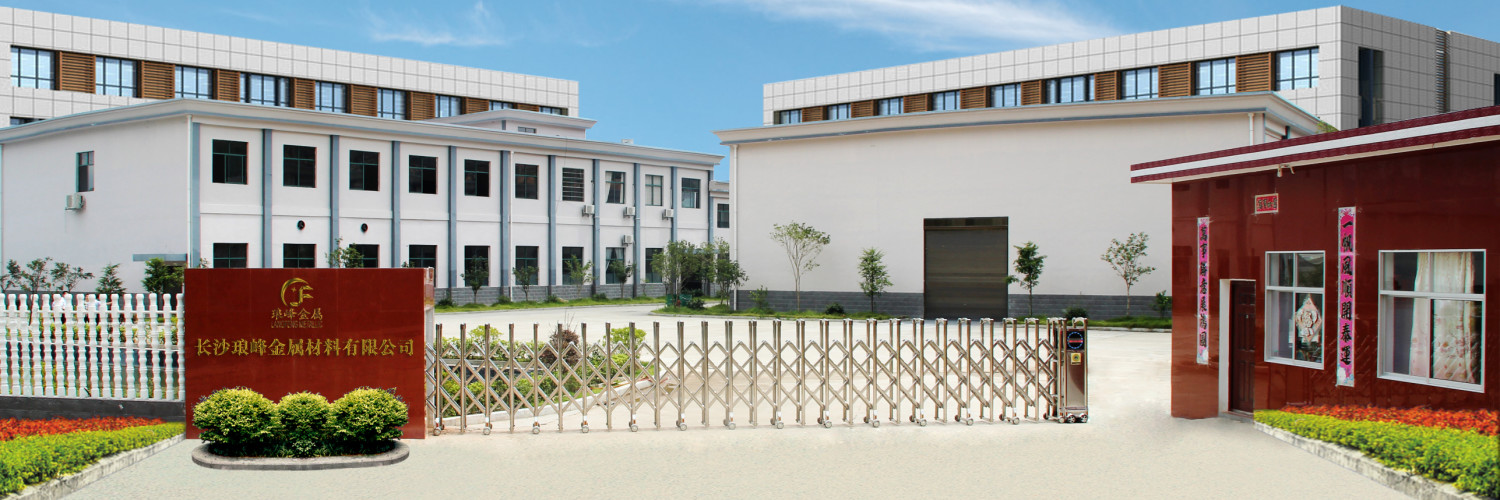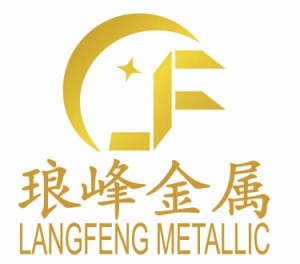Abstract: This paper introduces the research status of special ceramic microwave sintering of principle and characteristics of microwave sintering technology, a comprehensive overview of, and the prospect of microwave sintering technology used in special ceramic trends. Keywords: special ceramics microwave sintering Progress,Cermet rods /strips, ZrC powder,NbC powder,Cr3C2 powder,VC powder,TaC powder,TiC powder,HfC powder,…), compound carbide powder etc.
Introduction:
Special ceramics, also known as fine ceramics, refers to the production process, the chemical composition and characteristics different from the traditional ceramics, high strength, high temperature resistance, corrosion resistance or susceptibility of various ceramic materials. Use can be divided according to structural ceramics (also known as engineering ceramics) and functional ceramics. Typically, the manufacturing process, including the preparation of special ceramic powder, forming, sintering, processing, product and other processes. Which is a special ceramic sintering manufacturing process is a very important part. Conventional sintering methods include atmospheric sintering, hot pressing, hot isostatic pressing and sintering atmosphere sintering. Nearly 40 years, due to a rapid heating microwave sintering, energy efficient, environmentally friendly and to improve the material structure, improve material properties such as a series of advantages, many countries in the world by microwave sintering technology successfully many different ceramic materials, such as: A12O3.ZrO2, Si3N4, AlN.PZT so on. With the in-depth study of microwave sintering technology, industrialization phase sintering forward towards specialty ceramics, and its development potential and prospects increasingly huge.
Stay tuned for detailed product information company official website: http://www.langfengmetallic.com/


Be the first to comment on "Special ceramics Microwave sintering technology and research progress "